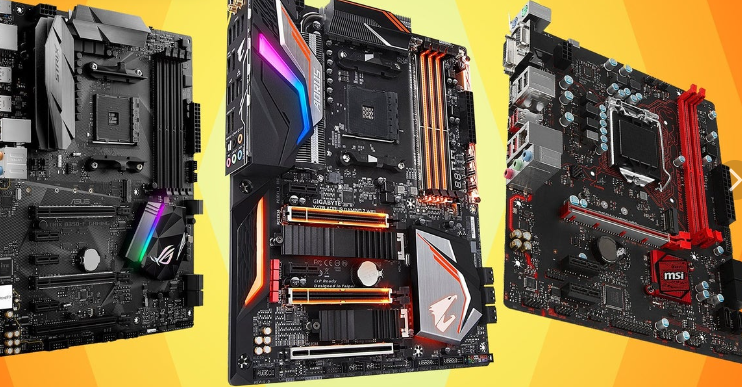Processors are the brain of modern computers, responsible for executing instructions and performing calculations. They are crucial components in any computer system, from smartphones to supercomputers, and their performance plays a significant role in determining the overall speed and efficiency of the system.
In this article, we will explore the basics of processors, their types, and how they work. We will also discuss some of the recent developments in processor technology and the impact they have had on the computing industry.
What is a Processor?
A processor, also known as a central processing unit (CPU), is an electronic circuit that executes instructions in a computer program. It is responsible for performing arithmetic and logical operations, controlling the flow of data within the computer, and communicating with other components, such as memory and input/output devices.
Processors are typically made up of millions of tiny transistors that are organized into circuits called cores. Each core is capable of executing instructions independently, which allows for parallel processing and increased performance.
Types of Processors
There are several types of processors, each with its own strengths and weaknesses. The most common types are:
Single-core Processors: These processors have only one core and can execute only one instruction at a time. They are suitable for basic tasks such as browsing the web, word processing, and simple gaming.
Multi-core Processors: These processors have two or more cores that can execute instructions simultaneously. They offer significantly better performance than single-core processors and are suitable for more demanding tasks such as video editing, 3D rendering, and gaming.
Graphics Processing Units (GPUs): GPUs are specialized processors designed for handling graphics-related tasks such as rendering 3D images and videos. They are typically used in gaming consoles, high-performance workstations, and supercomputers.
Field-Programmable Gate Arrays (FPGAs): FPGAs are processors that can be reprogrammed to perform a wide variety of tasks. They are commonly used in industrial automation, scientific research, and military applications.
How Processors Work
Processors work by executing instructions that are stored in memory. These instructions are encoded in machine language, which is a series of binary codes that the processor can understand.
The processor fetches the instructions from memory and decodes them into a series of micro-operations, which are simple instructions that the processor can execute. These micro-operations are then executed in the processor’s arithmetic logic unit (ALU), which performs arithmetic and logical operations on data.
The results of these operations are then stored in registers, which are small, high-speed storage locations inside the processor. The processor can then use these results to perform further calculations or store them in memory.
Recent Developments in Processor Technology
Processor technology has advanced significantly in recent years, with several new developments that have revolutionized the computing industry. Some of the most notable developments include:
Multi-core processors: Multi-core processors have become increasingly common in recent years, offering significantly better performance than single-core processors.
Graphics processing units (GPUs): GPUs have become increasingly powerful, enabling complex 3D rendering and other graphics-intensive tasks.
Artificial intelligence (AI) processors: AI processors are specialized processors designed for performing machine learning and other AI-related tasks. They are becoming increasingly important as AI becomes more ubiquitous.
Quantum processors: Quantum processors are a new type of processor that use quantum bits (qubits) instead of classical bits. They are still in the early stages of development but have the potential to revolutionize computing by enabling calculations that are impossible with classical processors.
Impact of Processor Technology on the Computing Industry
Processor technology has had a significant impact on the computing industry, enabling new applications and improving the performance of existing ones. Some of the most notable
There are several different
Types of processors available on the market today, including those designed for desktop computers, laptops, servers, and mobile devices. Desktop processors tend to be the most powerful and fastest, with many featuring multiple cores and high clock speeds. Laptop processors are typically less powerful but consume less power, which is important for maintaining battery life. Server processors are designed for handling heavy workloads and are optimized for tasks such as data processing and storage. Mobile processors are designed for use in smartphones and tablets, and are optimized for low power consumption and high efficiency.
Over the years, processors
Have continued to evolve and become faster and more efficient. In the early days of computing, processors were single-core and could only execute one instruction at a time. Today, many processors are multi-core and can execute multiple instructions simultaneously, corsair 1000d which greatly improves their performance. Additionally, advances in processor design have led to improvements in power efficiency, allowing processors to consume less power while still providing high performance.
In conclusion, processors are a critical component of any modern computing device. They are responsible for executing instructions and performing calculations that enable a computer to operate. With advances in
